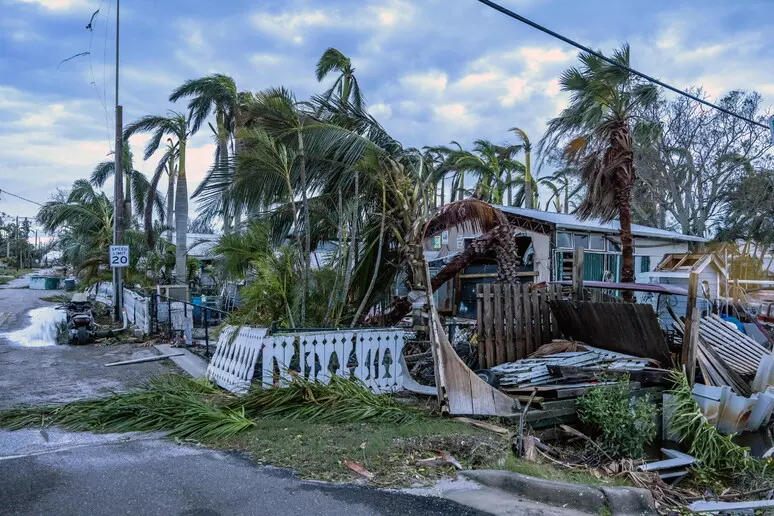When nature turns extreme, homes must evolve too. This is the new philosophy gaining ground along the coasts of the United States, where the threat of tropical storms, now increasingly frequent and destructive, is radically transforming building practices. With the 2025 hurricane season forecast by meteorologists to be of “above average” intensity, the era of conventional construction seems to be coming to an end.
Among all U.S. states facing the Atlantic, Florida is undoubtedly the most exposed to hurricanes. With an average of more than 40 significant weather events in just the past decade, the Sunshine State has become an ideal testing ground for new designs.
The Gulf and Atlantic coasts, from Tampa to Miami, from Jacksonville to the Florida Keys, are now lined with homes that break with tradition. Round houses, elevated structures, deeply anchored foundations, and roofs engineered to withstand winds of over 190 mph are becoming increasingly common. Once seen as “niche” or even eccentric solutions, these architectural choices are now redefining what it means to build safely in storm-prone areas.
The numbers are clear: more than 30% of new homes built in Florida’s coastal counties since 2020 follow advanced hurricane-resistant standards, often exceeding the requirements of the state’s building code. Structural upgrades like reinforced garage doors, impact-resistant windows, interlocking roofs, and flood drainage systems are becoming standard features in new buildings.
From an economic standpoint, investing in a resilient home in Florida can cost between 10% and 20% more than a conventional one, but this premium is often recovered within a few years through insurance savings and longer building lifespan. In a context where flood insurance policies can cost up to $10,000–15,000 per year, skipping storm-proof upgrades can mean facing far more costly risks.
Not all homes, however, are equally safe. Research conducted by institutions like the Insurance Institute for Business and Home Safety (IBHS) shows that the most critical vulnerabilities lie in unreinforced roofs that can lift off under wind pressure, standard windows and doors that give way to flying debris, and garage doors—often considered the weakest point of the entire structure.
Addressing these elements may cost between $15,000 and $40,000, but in the event of a hurricane, it can mean the difference between minor damage and total loss.
The construction industry is adapting. Demand for certified materials for extreme weather is growing, engineering guidelines for hurricane-zone building are multiplying, and lab testing to simulate wind speeds over 125 mph is becoming more frequent.
The home of the future, at least in some parts of the world, won’t just be smarter or more beautiful: it will be stronger, designed to coexist with a climate that is increasingly unpredictable.










